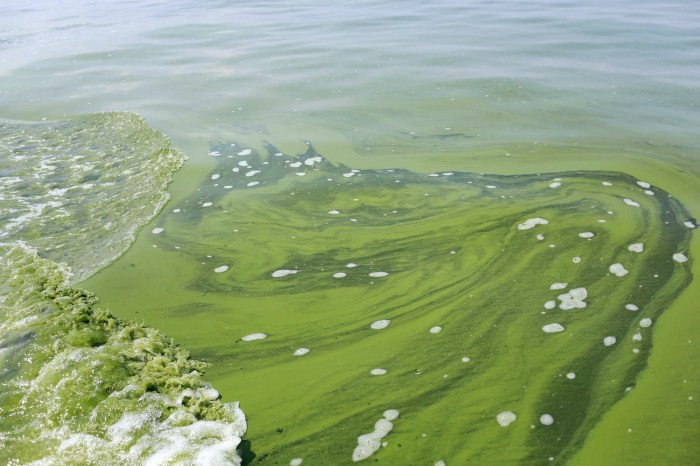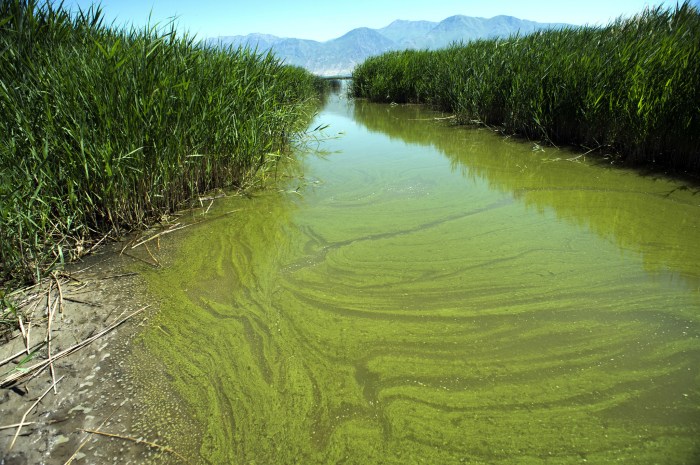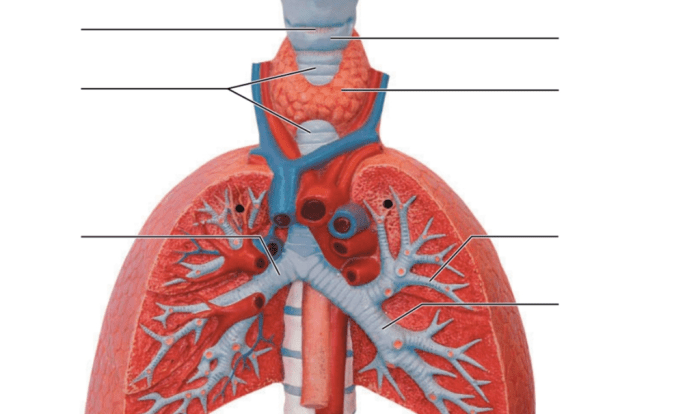Relating to algae crossword clue – Embark on an exploration of algae, the diverse and enigmatic group of organisms that hold a captivating place in the crossword puzzle world. From their unique characteristics to their ecological significance, this article delves into the depths of algae, unraveling the secrets behind the crossword clue “relating to algae.”
Prepare to be enlightened as we dive into the fascinating world of these photosynthetic wonders.
Algae Characteristics
Algae, a diverse group of eukaryotic organisms, exhibit unique characteristics that distinguish them from other organisms. They possess chlorophyll and other photosynthetic pigments, enabling them to harness sunlight for energy production through photosynthesis. Unlike plants, algae lack true roots, stems, and leaves, and they typically exist as single-celled or multicellular entities.
They exhibit a remarkable range of sizes, from microscopic unicellular forms to large, multicellular species.
Algae display a wide array of forms, reflecting their adaptability to diverse environments. Green algae (Chlorophyta), such as Chlamydomonasand Ulva, are common in freshwater habitats. Red algae (Rhodophyta), including Porphyraand Corallina, are predominantly marine and often associated with coral reefs.
Brown algae (Phaeophyta), represented by species like Fucusand Laminaria, are typically found in marine environments and contribute significantly to coastal ecosystems.
Algae Reproduction

Algae employ diverse reproductive strategies, ranging from asexual to sexual reproduction. Asexual reproduction involves the formation of new individuals from a single parent organism without the fusion of gametes. Common asexual methods in algae include binary fission, fragmentation, and the production of spores.
Binary fission, observed in unicellular algae like Chlamydomonas, involves the division of a single cell into two identical daughter cells.
Sexual reproduction in algae entails the fusion of gametes, leading to genetic recombination and increased diversity. Many algae species exhibit distinct male and female gametes, while others are self-fertilizing. Sexual reproduction plays a crucial role in the life cycles of algae, promoting genetic variation and adaptation to changing environmental conditions.
Algae Habitats

Algae thrive in diverse habitats, ranging from aquatic to terrestrial environments. They are ubiquitous in freshwater ecosystems, including lakes, rivers, and ponds. Marine algae are abundant in coastal and open ocean environments, forming the foundation of many marine food webs.
Some algae species, like Chlorellaand Spirulina, can even survive in extreme environments, such as hot springs and deserts.
Algae have evolved various adaptations to survive in different ecological niches. They possess structures like holdfasts and floats to attach to surfaces or float in water. Their photosynthetic pigments allow them to capture light in diverse light conditions. Additionally, algae can accumulate nutrients and water, enabling them to tolerate harsh conditions and fluctuations in their environment.
Algae Ecology: Relating To Algae Crossword Clue
Algae play vital ecological roles in various ecosystems. As primary producers, they form the base of many food chains, providing nourishment to a wide range of aquatic and terrestrial organisms. Through photosynthesis, algae release oxygen into the environment, contributing to the maintenance of atmospheric balance.
Algae also participate in nutrient cycling, absorbing nutrients from the environment and making them available to other organisms. They can fix nitrogen, an essential nutrient for plant growth, and contribute to the removal of pollutants from aquatic ecosystems. Additionally, algae form symbiotic relationships with other organisms, such as corals and invertebrates, providing them with nutrients and shelter.
Algae Applications

Algae have a wide range of practical applications in various fields. They are cultivated as a food source, providing essential nutrients and bioactive compounds. Species like Spirulinaand Chlorellaare rich in protein, vitamins, and minerals, making them valuable dietary supplements.
Algae are also being explored as a potential source of biofuels. Their high lipid content can be converted into biodiesel, a renewable and sustainable alternative to fossil fuels. Additionally, algae are used in wastewater treatment, as they can absorb and remove pollutants from water.
Algae Research
Ongoing research efforts are focused on understanding algae biology and ecology. Scientists are investigating the genetic diversity of algae, their metabolic pathways, and their interactions with other organisms. This research has implications for advancing our knowledge of fundamental biological processes and developing sustainable applications of algae.
Research on algae has the potential to lead to advancements in biotechnology, environmental remediation, and food security. By harnessing the unique characteristics and capabilities of algae, we can develop innovative solutions to address global challenges.
FAQ Section
What is the defining characteristic of algae?
Algae are photosynthetic organisms that contain chlorophyll and lack true roots, stems, and leaves.
How do algae reproduce?
Algae employ both sexual and asexual reproduction, ensuring their survival and genetic diversity.
Where can algae be found?
Algae thrive in diverse habitats, ranging from aquatic environments like oceans and lakes to terrestrial environments like soil and rocks.

